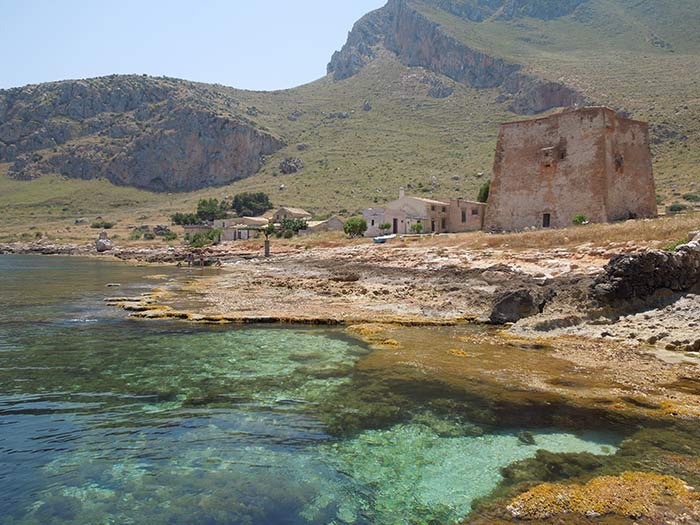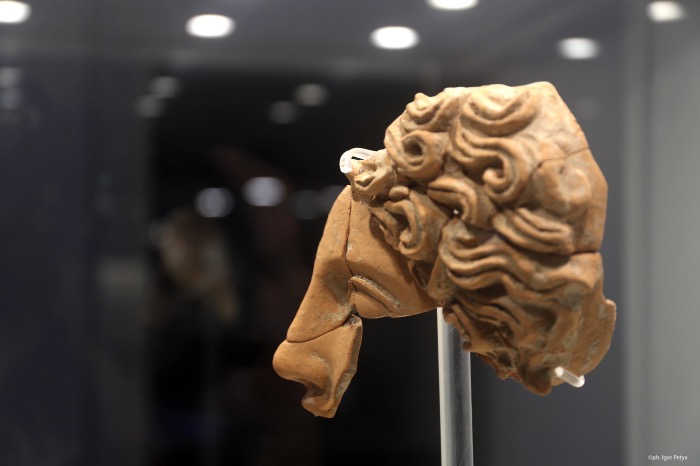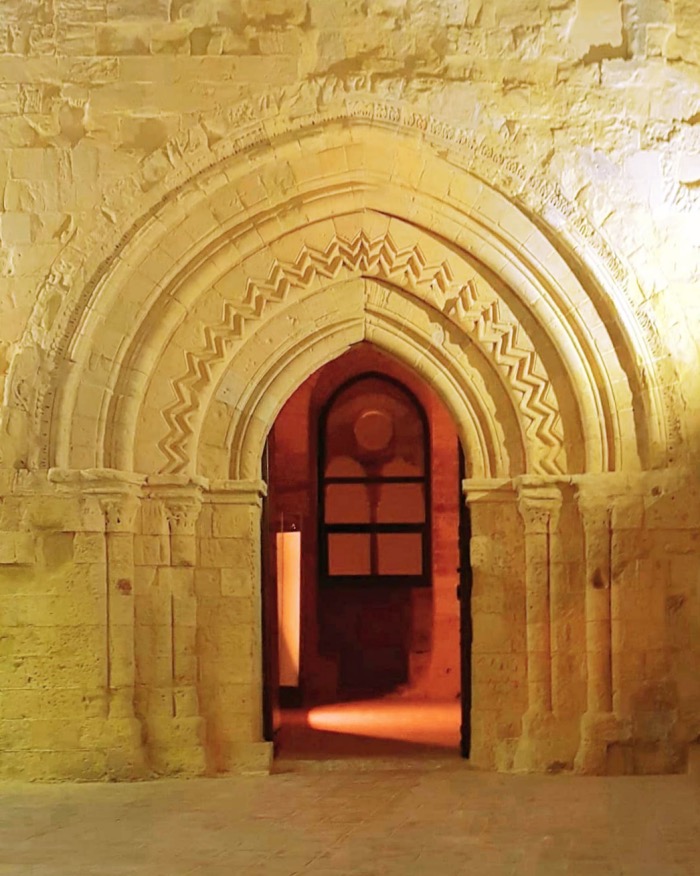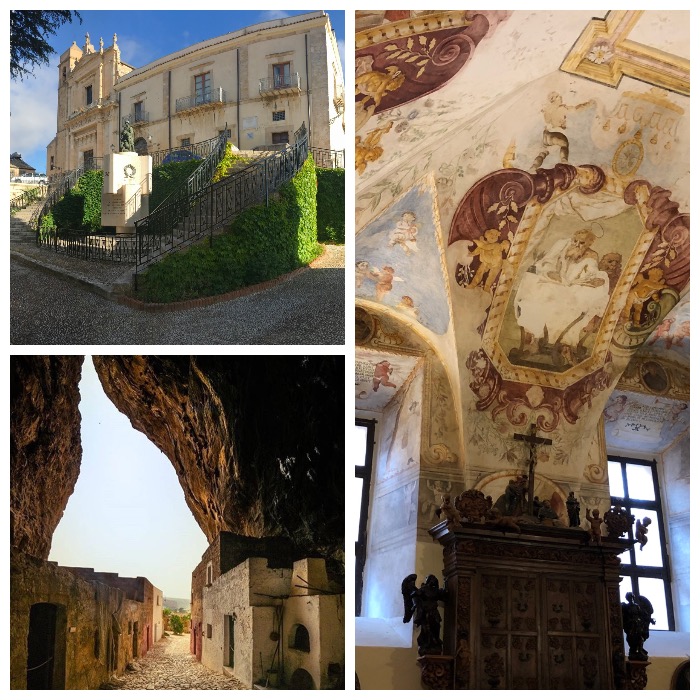
AGRIGENTO AND ITS SURROUNDINGS: 4 VILLAGES TO VISIT
What to see in Agrigento and its surroundings and which itinerary to follow to discover the Sicilian villages.
Here is an itinerary to discover the 4 most beautiful villages.
Agrigento and its surrounding: 4 villages to visit

Sambuca di Sicilia Palazzo Panitteri
Sambuca di Sicilia
Laid down on a hill, Sambuca di Sicilia was founded by the Arabs around 830 AD.
The history of this village is long, and many events have left traces in buildings and urban structure of the place.
From the 4th century BC archaeological complex on the Monte Adranone to Baroque façades and 19th-century palaces.
Outside the historic centre are the ancient towers of Pandolfina and Cellaro and the Fortino di Mazzallakkar, a ruined Arab fort, whose towers emerge only in summer when the Lago Arancio level is lowered.
Comitini
This is the place to visit in Sicily for those who want to retrace the phases of Unification of Italy. In Comitini you can admire the Rock of Calathansuderj, a rock mass 30 meters high where the first Italian flag was hoisted in 1859.
However, what makes this place beautiful is also the amazing mineral park with 70 ancient mines.
Naro
According to the legend, Naro is very ancient and was built by the Giants.
In its territory are many traces of its ancient history: in fact, you can admire the remains of Paleochristian settlements, and in particular catacombs and Roman villas.
Shielded by the boundary wall of the 14th-century Chiramonte Castle, in Naro you can admire the traces of various ages. You shouldn’t miss the ancient Norman Cathedral you can reach after ascending a long staircase.

Castello di Naro
Custonaci
A little far from Agrigento, towards Trapani, you may visit Custonaci: the village of marble quarries, of sunsets on the sea, of Mount Cofano facing the water, of the village inside the village dug into the rock housing a beautiful living nativity.
This place is also called “terra Mariana” (“Marian land”), devoted to the cult of Madonna of Custonaci, depicted in a painting that is said to have arrived from the sea.



Il giardino della kolimbetra e l’Ipogeo tutti i giorni si può visitare